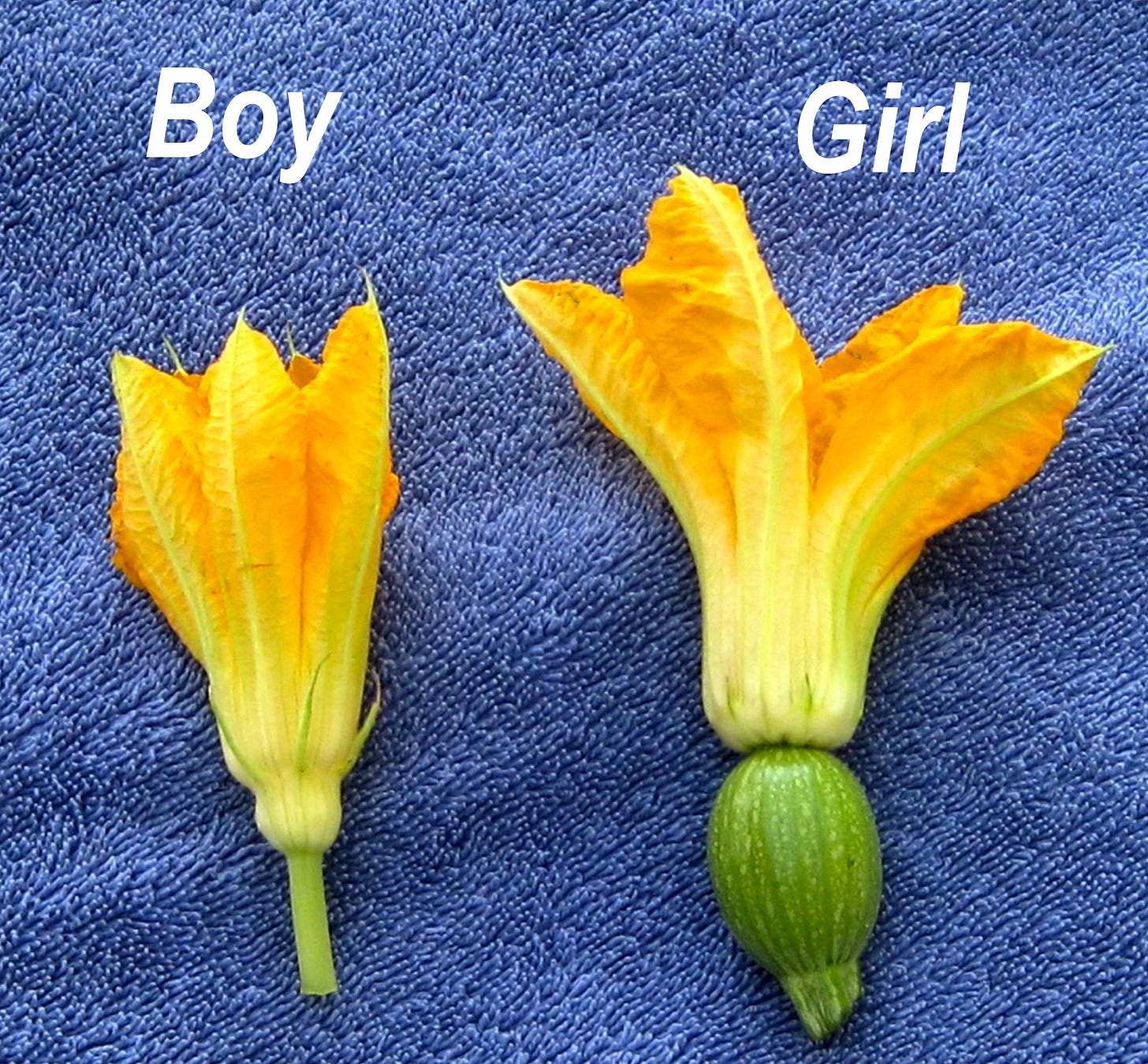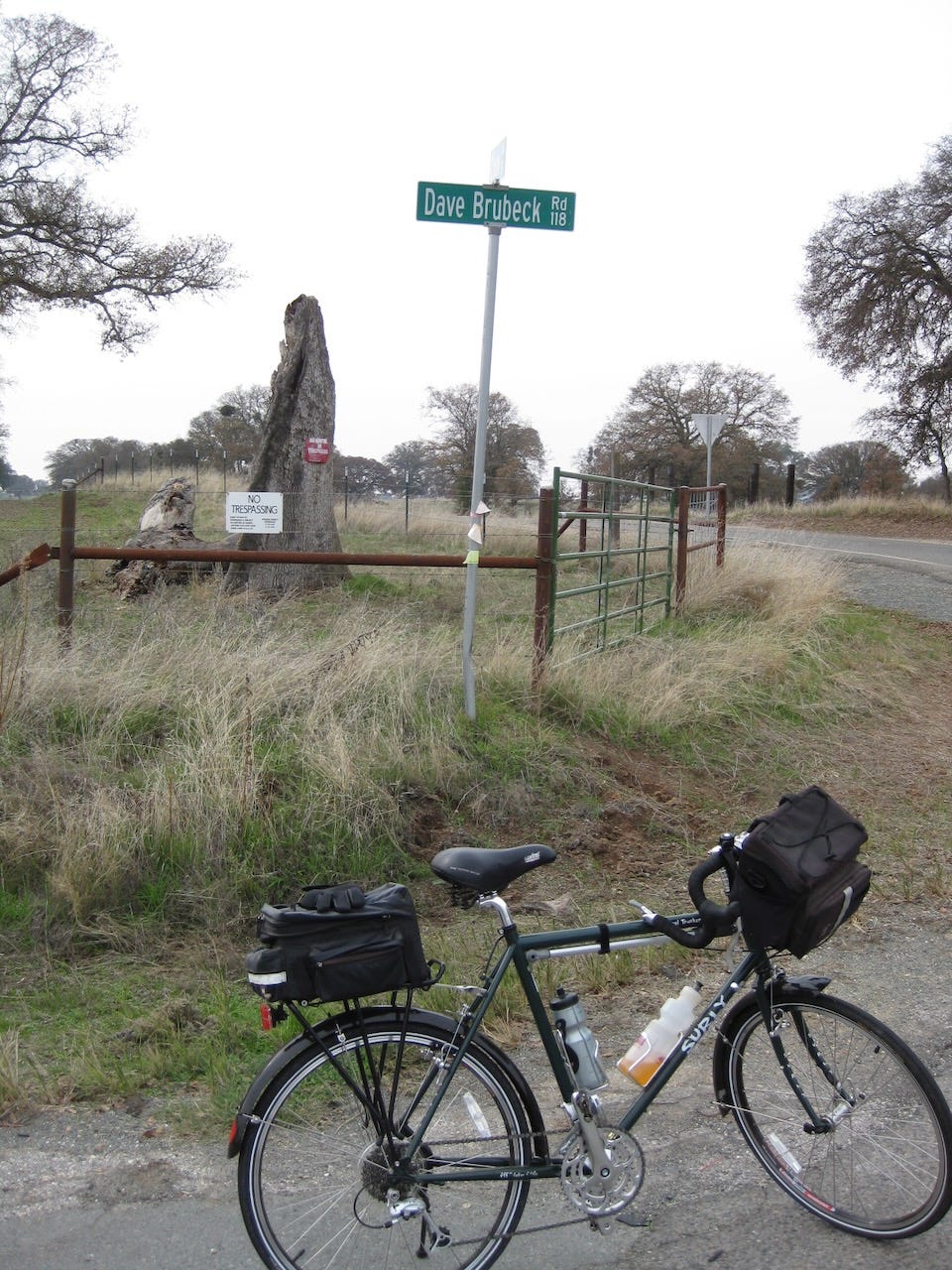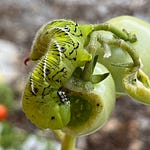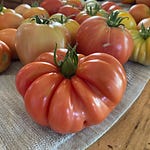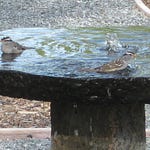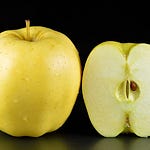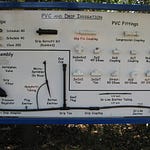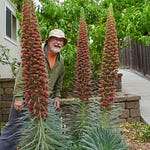Where is the zucchini?
That question is a popular one in the garden e-mail bag lately. Gardeners are fretting over a total lack of summer squash flowers. Other problems include zucchini flowers that drop off, or young fruit that dies back.
A lot of it has to do with timing. Many gardeners tend to plant zucchini seeds at the same time as tomato and pepper plants, usually in April. That’s a bit too early. The heat-loving summer squash varieties get off to a better start when planted in May or June.
However, there are more variables.
Squash needs daytime temperatures in the 80’s and 90’s for best results. Usually, it’s too much heat - temperatures at or above 100 degrees – that slow zucchini production here. Lately, daytime highs have been in the 70’s, a bit below what those squash plants require for quicker results. In addition, if that yellow squash is an older, heirloom variety, it may not grow as vigorously as a newer hybrid variety. Another limiting factor can be too much shade. Make sure all squash plants receive as much sun as possible.
Zucchini and other members of the summer squash family typically have a hard time producing fruit in late spring and early summer, due to incomplete pollination. This problem should straighten itself out if bees are in the area and the weather cooperates. Most years, these issues sort themselves out by July. And before you know it, you’ve got more zucchini than you need or desire.
However, you can help that struggling squash plant, according to Hunter Johnson, Jr., a retired University of California Cooperative Extension Vegetable Specialist.
According to Johnson, gardeners often become concerned when many squash flowers appear early, but fruits fail to set. The reason for this: all the early flowers produced are males, in heirloom squash varieties. Female flowers develop somewhat later. In newer, hybrid varieties of summer squash, the first flowers to appear are usually females, and these will fail to develop unless there are male squash flowers, and bees, in the nearby area.
Squash and other members of the cucurbit family have this flowering habit, which is unique among vegetable crops. They bear two kinds of flowers, male and female, both on the same plant. For fruit set to occur, pollen from the male flower must be transferred to the female flower. The pollen is sticky; so, wind-blown pollination does not occur. Honeybees are the principal means by which pollen is transferred from the male to the female flower. When bees are absent, fruit set on garden plants in the cucurbit family is very poor and often non-existent. If only a few bees are present in the area, partial pollination may occur, resulting in misshapen fruit as well as low yield.
When no bees are present in the garden or the bee population is too low, the dedicated gardener can stand in for the bee by pollinating by hand. Hand pollination is a tedious chore, but it is the only means of obtaining fruit set in the absence of bees. The pollen is yellow in color and produced on the structure in the center of the male flower. You can use a small artist's paint brush to transfer pollen, or you can break off a male flower, remove its petals to expose the pollen-bearing structure, and roll the pollen onto the stigma in the center of the female flower.
When hand pollinating, it is important to use only freshly opened flowers, early in the day. Flowers open in the morning and are receptive for only one day.
The female flower in cucurbits can be recognized easily by the presence of a miniature fruit (ovary) at the base of the flower. The female squash flower is borne on a very short stem, with that bulge at the base. The male squash flower can be identified by its long, slender stem.
As far as all that extra zucchini you’ll get later in the summer? Consider donating it to a food bank, food pantry, or food closet in your area. Find the one nearest to you at ampleharvest.org.
Thank you for also listening to the Garden Basics with Farmer Fred podcast! It’s available wherever you get your podcasts. Please share it with your garden friends.
Fred Hoffman is also a University of California Cooperative Extension Master Gardener in Sacramento County. And he likes to ride his bike.



